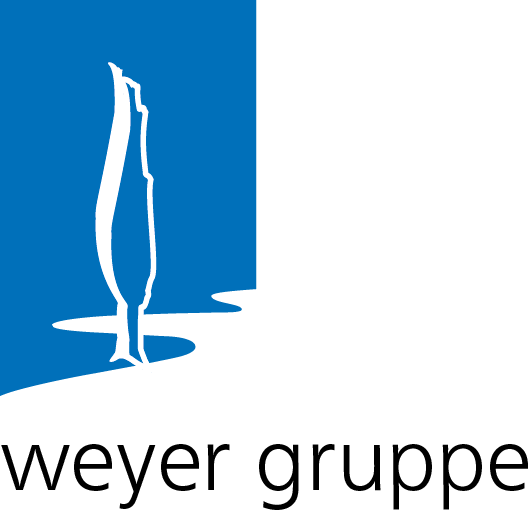In historically grown industrial plants, so-called “bottlenecks” (bottlenecks) occur again and again due to the continuous change, optimisation and modification of the plant, which have a detrimental effect on production. Through the targeted analysis of the production processes, these bottlenecks can usually be eliminated at a fraction of the cost compared to a new construction or expansion with the help of “debottlenecking”. This gives companies the opportunity to significantly increase their capacity at short notice and to react better to the respective market situation. In some cases, production increases of up to 40% or even a halving of throughput times can be achieved with the help of retrofitting. The initial analysis of the internal processes is always carried out in close consultation with the respective company and the responsible employees. Thanks to the wealth of experience of the employees, many bottlenecks can already be identified at the beginning of the plant optimisation and examined in detail during the ongoing process of the revamp. Depending on the production focus of the respective plant, different optimisations are targeted. Taking liquid fermentation as an example, process optimisation can be organised as follows.
Process optimisation procedure
- Balancing the entire process with regard to heat and cold
- Optimisation of the piping system with regard to bottlenecks
- Optimisation of the piping system with regard to bottlenecks
- Optimisation of the refrigeration circuit
- Optimisation of driving modes of the processes
The individual optimisations include the following steps.
- Determination of the actual state
- Investigate how existing bottlenecks can be eliminated
- Developing possible measures
- Prioritisation according to costs and achieved effect
This also includes any necessary support in the process engineering design of equipment and in the recalculation of design parameters. To start the debottlenecking project, in addition to an on-site appointment and various discussions with employees, it is necessary to review various documents to record the status quo. These include details of production processes, current process and R+I flow diagrams, isometrics of the pipelines and pipeline runs as well as 3D models of the pipelines and planning data for medium-term capacity planning and utilisation.
Added value
A frequently underestimated side effect of debottlenecking is the simultaneous optimisation of energy efficiency. Through the in-depth analysis of the plant design, which is carried out anyway, operating costs can be reduced in addition to increasing output. Optimising the heating and cooling of material flows in process technology is particularly interesting in this context. An additional starting point would be the reduction of operating costs through the use of alternative energy sources that have not been used in the company so far. Currently, the use of green hydrogen for various applications is being discussed in particular. Taking into account all safety-relevant specifications through fire, explosion and water protection, tests for the BetrSichV or also for the correct application of the CE marking in accordance with the Machinery Directive, the weyer gruppe can provide customers with all-round support in all common areas of plant planning and plant safety and also incorporate these findings into plant optimisation.


